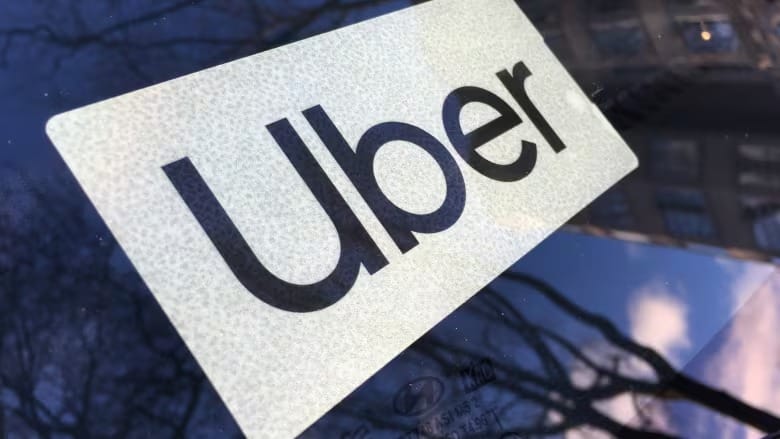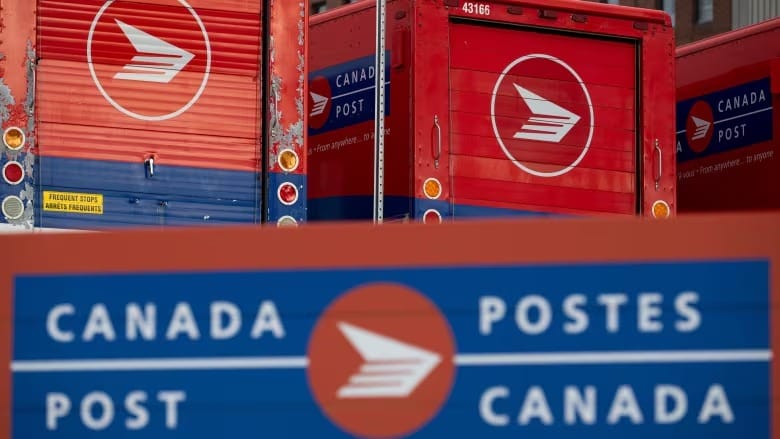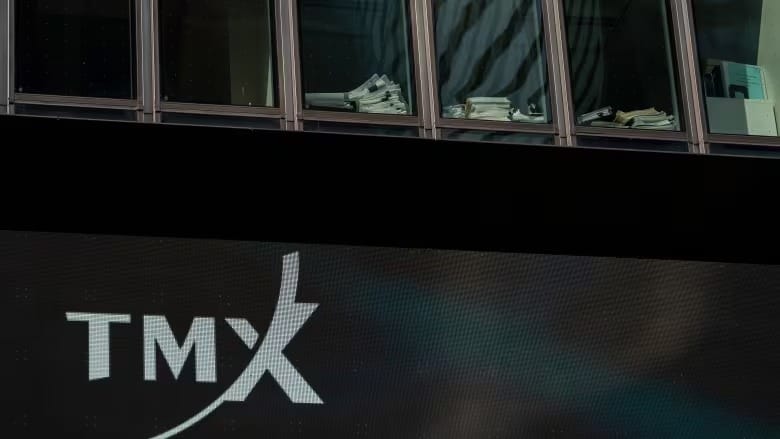Uber started using 'algorithmic pricing' in Canada. Is that a good or bad thing?
There are worries AI-based pay model will mean lower wages for drivers and higher fares for riders

Uber has introduced an AI-powered pay model in Ontario, raising concerns among drivers about potential income loss and sparking fears among consumer advocates that the change may result in higher fares for passengers.
This new system, which was first implemented in British Columbia in September, is prompting broader questions about how ride-hailing and delivery companies use data to exert control over their workforce.
Driver Concerns Over AI Pay Model
"Uber has found a way to take more money from us," said George Wedge, an Uber driver in Toronto.
Previously, driver pay was primarily based on time, distance, and surge pricing determined by demand. However, the new system uses an AI algorithm that incorporates additional factors, such as pickup and drop-off locations, and the day of the week, to calculate driver compensation. The model still retains surge pricing.
The system, called "upfront offers," has been in use in the U.S. for two years and now provides drivers with the fare amount before accepting a ride. Uber Canada spokesperson Keerthana Rang said the change was introduced in response to driver feedback, aiming to provide "more transparency and choice" when accepting trips.
According to Uber, the new system also breaks down how fare revenue is distributed, including third-party fees, government taxes, and Uber’s service fee, which is lower for longer rides and higher for shorter ones.
However, Wedge, who also serves as president of the Rideshare Drivers Association of Ontario, is skeptical about the transparency.
"It tells us how much we'll get paid, but not how Uber calculates the value of the factors," he said, expressing concern over how Uber might use data collected from rides.
Wedge added that drivers in British Columbia have reported making less money since the new pay structure was implemented.
In an online post from December 2023, Uber claimed driver earnings have increased by nearly 30% over the past six years, outpacing inflation.
Impact on Passengers
Advocates worry the new pay model could negatively affect passengers.
"The new algorithm takes an already unfair system and makes it worse," said Brendan Agnew-Iler, co-founder of the Toronto-based RideFair Coalition, a non-profit focused on equitable urban transportation.
Agnew-Iler believes Uber will pay drivers the minimum needed to attract them while charging passengers the highest fare they are willing to accept, drawing parallels to how airlines and concert venues set dynamic prices.
"The public knows that with dynamic pricing, they’ll charge whatever they think people will pay," he said. "This is especially true in a monopoly-like situation, which is exactly what we have here."
However, Viet Vu, an economist at Toronto Metropolitan University and manager of economic research at the think tank Dais, isn’t convinced that fares will rise significantly. He noted the algorithm could benefit passengers by reducing wait times during peak demand by offering better pay to drivers.
"If anything, the wait time will likely go down," he said.
Concerns About Algorithmic Pay and Wage Discrimination
In the U.S., Uber’s and Lyft’s AI-based pay models have drawn criticism as a form of wage discrimination. Veena Dubal, a professor specializing in gig work, argues that these algorithms can pay workers different hourly rates for similar tasks, using granular data on location, behavior, and other factors.
Her findings were supported by two videos—one from The Rideshare Guy and another from the non-profit news organization More Perfect Union—demonstrating drivers receiving different rates for identical ride requests. Both Lyft and Uber denied allegations of discrimination in statements to NPR in 2023, and Lyft did not respond to CBC’s inquiries about its Canadian operations.
Impact of Minimum Wage Laws
New legislation in British Columbia and Ontario may also influence the pay model. B.C.’s minimum wage law guarantees gig workers, including ride-hailing drivers, at least $20.88 per hour—but only for active driving time, not waiting periods.
Ontario’s Digital Platform Workers’ Rights Act, set to take effect in July 2025, will require gig platforms to meet minimum wage standards per task, ensure transparency in work assignments, and reveal how compensation is calculated—an aspect that could pose challenges for Uber’s algorithm-based model.
Uber has stated that it will comply with the law. Vu emphasized that understanding how the algorithm determines pay will be crucial for drivers to make informed decisions about when to work.
"The formula is kind of a secret," Vu said, "so it leaves drivers with little insight to strategize their work effectively."





